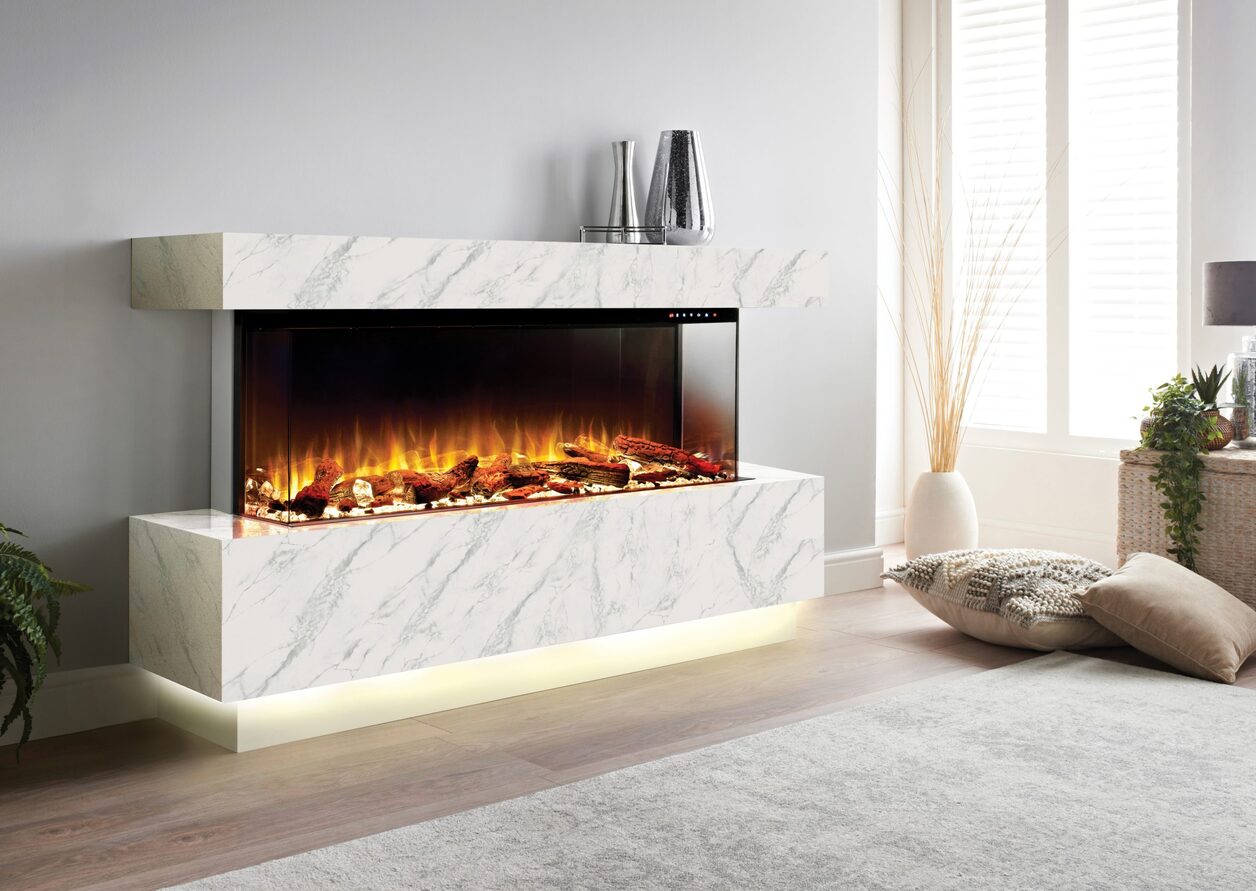

Articles
How Does Electric Fireplace Work
Modified: April 22, 2024
Discover how electric fireplaces work and learn about their benefits and advantages. Read our informative articles on electric fireplace technology and find out why they are a popular choice for homeowners.
(Many of the links in this article redirect to a specific reviewed product. Your purchase of these products through affiliate links helps to generate commission for Storables.com, at no extra cost. Learn more)
Introduction
An electric fireplace is a popular and convenient alternative to traditional wood-burning fireplaces. It offers the charm and ambiance of a real fire without the need for fuel, maintenance, or a chimney. This modern heating appliance has gained popularity in recent years due to its ease of use, energy efficiency, and stylish design.
Unlike a traditional fireplace, an electric fireplace doesn’t burn wood or gas. Instead, it uses electricity to produce heat and simulate the appearance of flames. The technology behind electric fireplaces has advanced greatly, resulting in realistic flame effects and customizable settings that allow users to create a cozy and inviting atmosphere in their homes.
In this article, we will explore the inner workings of an electric fireplace, including its components, heating mechanism, flame effects, and various types available in the market. We will also discuss the installation and maintenance requirements of electric fireplaces, as well as their advantages and disadvantages. By the end of this article, you’ll have a comprehensive understanding of how electric fireplaces work and whether they are the right choice for your heating needs.
Key Takeaways:
- Electric fireplaces offer a safe, energy-efficient, and low-maintenance alternative to traditional wood-burning fireplaces, providing customizable ambiance without the need for a chimney or venting system.
- While electric fireplaces may not fully replicate the experience of a real fireplace, their ease of installation, versatile designs, and customizable features make them a convenient and stylish heating solution for any home.
Read more: How Does Fireplace Work
Components of an Electric Fireplace
An electric fireplace consists of several key components that work together to create a realistic and functional heating appliance. Understanding these components will give you a better understanding of how an electric fireplace operates. Let’s take a closer look at each one.
- Firebox: The firebox is the main housing unit of the electric fireplace. It contains the heating element, flame effects, and other internal components.
- Heating Element: The heating element is responsible for generating the warmth in an electric fireplace. It typically includes a built-in fan that distributes the heat into the room.
- Flame Effects: The flame effects in an electric fireplace are created using LED lights, mirrors, and other visual techniques. These effects mimic the appearance of a real fire, providing a cozy and realistic ambiance.
- Control Panel: The control panel allows users to adjust the settings of the electric fireplace. It usually includes buttons or a digital interface for controlling the heat output, flame effects, and other features.
- Remote Control: Many electric fireplaces come with a remote control for added convenience. The remote allows users to change the settings from a distance, making it easy to adjust the heat or flame effects without getting up from the couch.
- Thermostat: Some electric fireplaces feature a built-in thermostat that automatically regulates the temperature. This allows the fireplace to maintain a consistent level of heat in the room.
- Overheat Protection: To ensure safety, most electric fireplaces are equipped with overheat protection. This feature automatically shuts off the fireplace if it detects an excessive rise in temperature.
- Optional Features: Depending on the model and brand, electric fireplaces may offer additional features such as adjustable flame intensity, color-changing LED lights, timer settings, and even built-in speakers for a complete multimedia experience.
Now that you’re familiar with the various components of an electric fireplace, you can better appreciate how these elements come together to create a visually appealing and functional heating appliance. In the next section, we’ll explore the heating mechanism of an electric fireplace and how it efficiently warms up a room.
Heating Mechanism of an Electric Fireplace
The heating mechanism of an electric fireplace is a crucial aspect that determines its effectiveness in warming up a room. Here’s a breakdown of how the heating process works in an electric fireplace.
When you turn on an electric fireplace, the heating element, typically made of metal coils, starts to generate heat. The coils are heated by an electrical current that passes through them. As the coils heat up, a built-in fan forces the warm air out of the fireplace and into the surrounding space.
Unlike traditional fireplaces that lose a significant amount of heat through the chimney, electric fireplaces are designed for optimal heat distribution. The fan helps to circulate the warm air, ensuring that the entire room benefits from the heat produced by the fireplace. This efficient heating mechanism means you can enjoy consistent warmth without worrying about drafts or heat loss.
An important feature of electric fireplaces is the ability to adjust the heat output. Most models offer multiple heat settings, allowing you to customize the level of warmth according to your preference and the room size. This flexibility is particularly useful during transitional seasons when you may not need as much heat, but still want the comforting ambiance of a fireplace.
It’s worth noting that electric fireplaces do not have an open flame or produce any emissions like carbon monoxide or smoke. Therefore, they are safe to use in various settings, including apartments, condos, and homes without a chimney or venting system.
In addition to the heating element, some electric fireplaces also have a built-in thermostat. This thermostat allows you to set a target temperature, and the fireplace will automatically regulate its heat output to maintain the desired level of warmth. Once the room reaches the set temperature, the fireplace will cycle on and off to maintain it, conserving energy in the process.
Overall, the heating mechanism of an electric fireplace ensures efficient heat distribution, customizable settings, and a safe operation. In the next section, we’ll take a closer look at the flame effects in an electric fireplace and how they create a visually appealing fire-like experience.
Flame Effects in an Electric Fireplace
One of the most captivating features of an electric fireplace is its ability to simulate the appearance of a real fire. The flame effects in an electric fireplace create a mesmerizing and cozy ambiance, adding a touch of elegance to any space. Let’s explore how these flame effects are achieved.
In an electric fireplace, the flame effects are typically created using LED lights and mirrors. LED lights are strategically placed within the firebox to imitate the flickering and dancing flames of a traditional fireplace. The lights are programmed to mimic the natural movement of a fire, creating a realistic and captivating visual display.
Mirrors are often used to enhance the depth and three-dimensional aspect of the flame effects. They reflect the light from the LEDs, creating the illusion of flames flickering and dancing behind a glass panel. This combination of LED lights and mirrors creates a convincing and immersive fire-like experience in an electric fireplace.
Many electric fireplaces offer customizable flame settings, allowing users to adjust the intensity, speed, and even color of the flames. This versatility gives you the freedom to create the perfect ambiance to suit your mood or decor. Some models even include options for changing the color of the flames, allowing you to switch between a traditional yellow-orange flame and more vibrant colors like blue or purple.
Alongside the flames, electric fireplaces often incorporate ember bed effects. These are glowing embers or logs that are illuminated by LED lights, adding an extra layer of realism to the fire display. The combination of flames and ember bed effects creates a visually stunning and captivating focal point in any room.
It’s important to note that the flame effects in an electric fireplace are purely visual and do not produce heat. This means you can enjoy the cozy ambiance of a fireplace all year round, even during warm weather, by turning off the heating function while keeping the flames flickering.
The ability to enjoy the soothing and relaxing effects of a fire without the hassle of cleaning up ashes or worrying about fire hazards makes electric fireplaces a popular choice for homeowners. In the next section, we’ll explore the different types of electric fireplaces available in the market.
Electric fireplaces work by using metal coils or ceramic heating elements to generate heat. A fan then blows the heat into the room, while LED lights create the appearance of flames. This provides a cozy and realistic fire effect without the need for a chimney or venting.
Types of Electric Fireplaces
Electric fireplaces come in various styles and designs to suit different preferences and decor aesthetics. Whether you’re looking for a traditional, modern, or space-saving option, there’s an electric fireplace type that’s perfect for you. Let’s explore some of the most common types:
- Wall-Mounted Fireplaces: Wall-mounted electric fireplaces are sleek and modern, designed to be mounted directly on a wall. They save space and create a visually appealing focal point in any room. These fireplaces often come with adjustable flame settings and can be combined with a mantel or TV stand for added functionality.
- Freestanding Fireplaces: Freestanding electric fireplaces mimic the look of traditional wood-burning stoves or standalone heaters. They typically come with a decorative mantel, offering a classic and elegant aesthetic. These fireplaces are versatile and can be placed anywhere in a room, providing both warmth and visual appeal.
- Electric Fireplace Inserts: Inserts are designed to fit into existing fireplaces, converting them into electric fireplaces. These inserts are easy to install and often come with realistic flame effects and heat options. They are ideal for homeowners who want to upgrade their existing fireplace without the hassle of traditional wood or gas-burning maintenance.
- Corner Fireplaces: Corner electric fireplaces are specifically designed to fit into corners, maximizing space utilization and creating a cozy atmosphere. They are popular in smaller rooms or apartments where space is limited. These fireplaces often feature adjustable flame effects and heating options.
- Media Console Fireplaces: Media console electric fireplaces combine the functionality of a TV stand or entertainment center with the ambience of a fireplace. These fireplaces feature shelves or cabinets for storing media devices and are often large enough to accommodate a television on top. They are an excellent choice for those who want a seamless integration of technology and heating elements.
Each type of electric fireplace offers a unique blend of functionality and style. By considering your space requirements, aesthetic preferences, and desired features, you can select the perfect electric fireplace that complements your home decor and enhances the overall atmosphere of your living space.
Now that we’ve explored the different types of electric fireplaces, let’s move on to the installation and maintenance considerations you should keep in mind when choosing an electric fireplace for your home.
Read more: How Does A Gas Fireplace Work
Installation and Maintenance of Electric Fireplaces
Installing an electric fireplace is relatively simple and hassle-free compared to traditional wood-burning or gas fireplaces. Here are some key points to consider when it comes to installation and maintenance:
Installation:
- Read and follow the manufacturer’s instructions carefully during installation. This ensures that the fireplace is installed correctly and operates safely.
- Place the electric fireplace on a stable and level surface, away from flammable materials such as curtains or furniture.
- If you are opting for a wall-mounted fireplace, make sure to securely attach it to the wall following the provided guidelines.
- If you are installing an electric fireplace insert, ensure that it fits properly into the existing fireplace opening.
- Some models may require professional installation, especially if they involve complex electrical wiring or modifications to the existing structure. Consult a licensed electrician if necessary.
Maintenance:
- Regularly clean the exterior of the electric fireplace using a soft, dry cloth. Avoid using harsh chemicals or abrasive cleaners that can damage the finish.
- Keep the glass panel or screen clean and free from dust or debris. Use a mild glass cleaner if needed, following the manufacturer’s recommendations.
- Check the vents and air intake areas periodically to ensure they are free from obstructions or dust. This ensures proper air circulation and prevents overheating.
- Inspect the electrical cord and plug for any signs of damage or wear. If you notice any issues, have them repaired or replaced by a professional before using the fireplace.
- If your electric fireplace has a removable filter, clean or replace it according to the manufacturer’s instructions to maintain optimal performance.
- Test the remote control and control panel buttons regularly to ensure they are working correctly.
It’s important to note that electric fireplaces do not require chimney cleaning or fuel refilling, making them a low-maintenance option compared to traditional fireplaces.
Nevertheless, it’s always a good idea to refer to the specific maintenance instructions provided by the manufacturer to ensure the longevity and safe operation of your electric fireplace.
Now that we’ve covered the installation and maintenance aspects, let’s examine the advantages and disadvantages of electric fireplaces to help you make an informed decision.
Advantages and Disadvantages of Electric Fireplaces
Electric fireplaces offer a range of benefits and drawbacks that are important to consider when deciding if they are the right choice for your home. Let’s explore the advantages and disadvantages of electric fireplaces:
Advantages:
- Easy Installation: Electric fireplaces are relatively easy to install, with minimal construction or modifications required. They can be placed in any room, and some models even offer portable options that can be moved around as needed.
- Energy Efficient: Electric fireplaces are generally more energy efficient than traditional fireplaces. They allow you to heat specific areas without wasting energy on heating the entire home. Many models also come with adjustable heat settings, so you can choose the level of warmth you need.
- No Chimney or Venting Needed: Unlike wood-burning or gas fireplaces, electric fireplaces do not require a chimney or venting system. This makes them suitable for apartments or homes without an existing chimney infrastructure.
- Safe Operation: Electric fireplaces produce no real flames, eliminating the risk of sparks, smoke, or carbon monoxide emissions. They are a safer option, especially for homes with children or pets.
- Customizable Options: Many electric fireplaces offer customizable features, including adjustable flame intensity, colors, and even remote control operation. These options allow you to create the desired ambiance and tailor the fireplace to your preferences.
- Low Maintenance: Electric fireplaces require minimal maintenance compared to traditional fireplaces. They do not produce ash or soot, and there is no need for chimney cleaning or fuel refilling.
Disadvantages:
- No Real Flame Experience: While electric fireplaces provide realistic flame effects, some people miss the crackling sounds and aroma of a real wood-burning fireplace.
- Dependence on Electricity: Electric fireplaces rely on electricity to function. In the event of a power outage, they will not operate, leaving you without heat and the ambiance of a flickering fire.
- Limited Heating Capacity: Electric fireplaces may struggle to heat larger rooms or open floor plans. They are most effective in smaller to medium-sized spaces.
- Upfront Cost: Electric fireplaces can be more expensive upfront compared to traditional fireplaces, especially if you opt for models with advanced features and high-quality craftsmanship.
Considering the advantages and disadvantages of electric fireplaces will help you make an informed decision based on your specific needs, budget, and preferences.
Now that we’ve explored the pros and cons, let’s wrap up our discussion on electric fireplaces.
Conclusion
Electric fireplaces have revolutionized the way we experience the warmth and ambiance of a traditional fireplace. With their ease of installation, energy efficiency, and customizable features, they provide a convenient and versatile heating solution for any home. Throughout this article, we have explored the components, heating mechanism, flame effects, and different types of electric fireplaces.
From wall-mounted fireplaces to freestanding options and media console designs, there is a wide variety of electric fireplaces to suit different styles and preferences. Their safe operation, low maintenance requirements, and ability to create a cozy atmosphere make them an attractive choice for homeowners.
However, it’s important to consider the limitations of electric fireplaces, such as their dependence on electricity and sometimes limited heating capacity. While they provide realistic flame effects, they may not fully replicate the experience of a traditional wood-burning fireplace.
Ultimately, the decision to choose an electric fireplace depends on your specific needs, budget, and preferences. Consider factors such as space requirements, desired heating capacity, and the overall aesthetic you wish to achieve in your home.
Whether you opt for a wall-mounted fireplace that adds a modern touch to your living room, a freestanding fireplace that provides a classic look, or a media console fireplace that combines functionality and warmth, an electric fireplace can enhance the atmosphere of your home and create a cozy focal point.
Now armed with a comprehensive understanding of how electric fireplaces work and their pros and cons, you can make an informed decision and enjoy the comfort and beauty of a fireplace all year round.
Frequently Asked Questions about How Does Electric Fireplace Work
Was this page helpful?
At Storables.com, we guarantee accurate and reliable information. Our content, validated by Expert Board Contributors, is crafted following stringent Editorial Policies. We're committed to providing you with well-researched, expert-backed insights for all your informational needs.
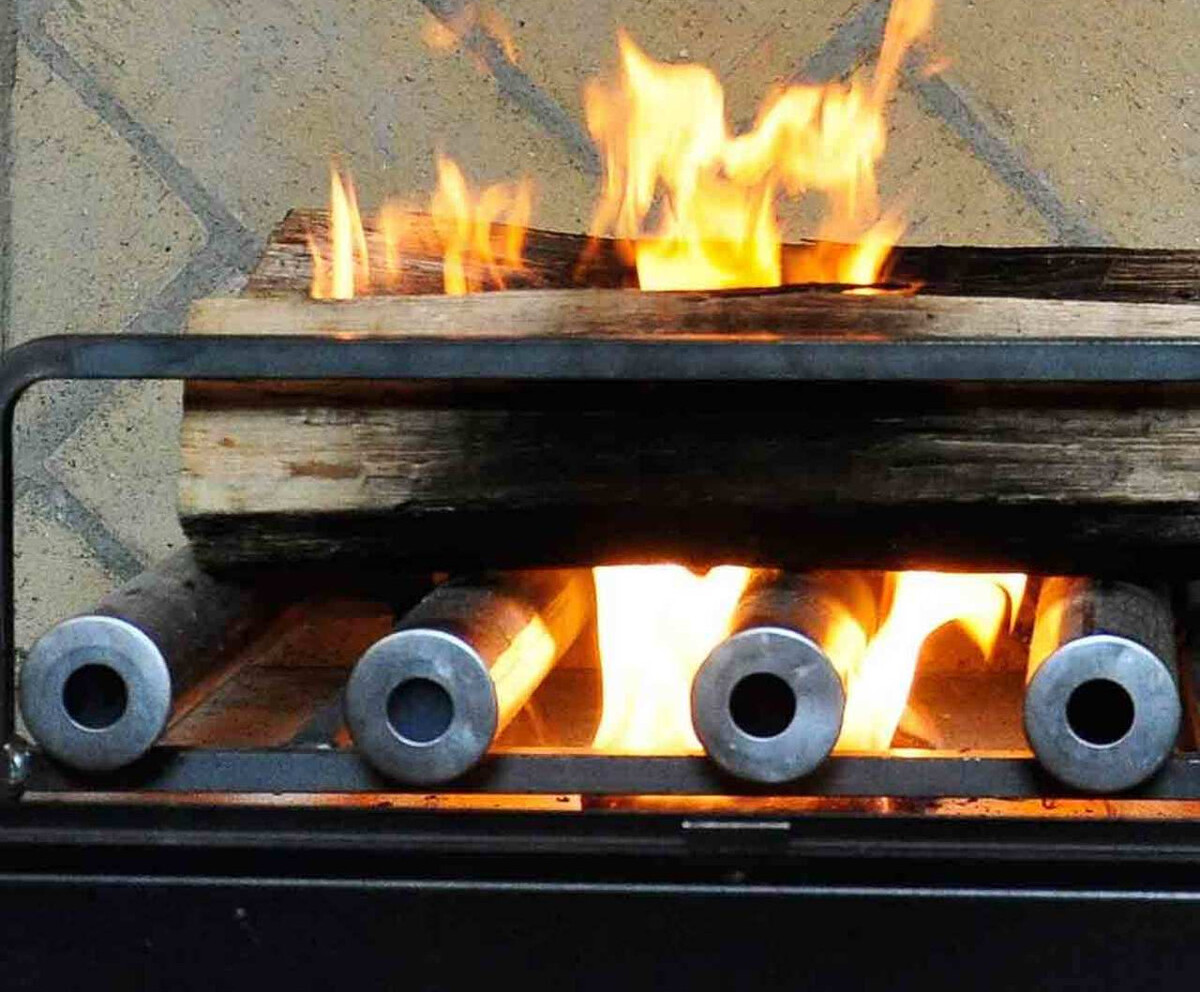
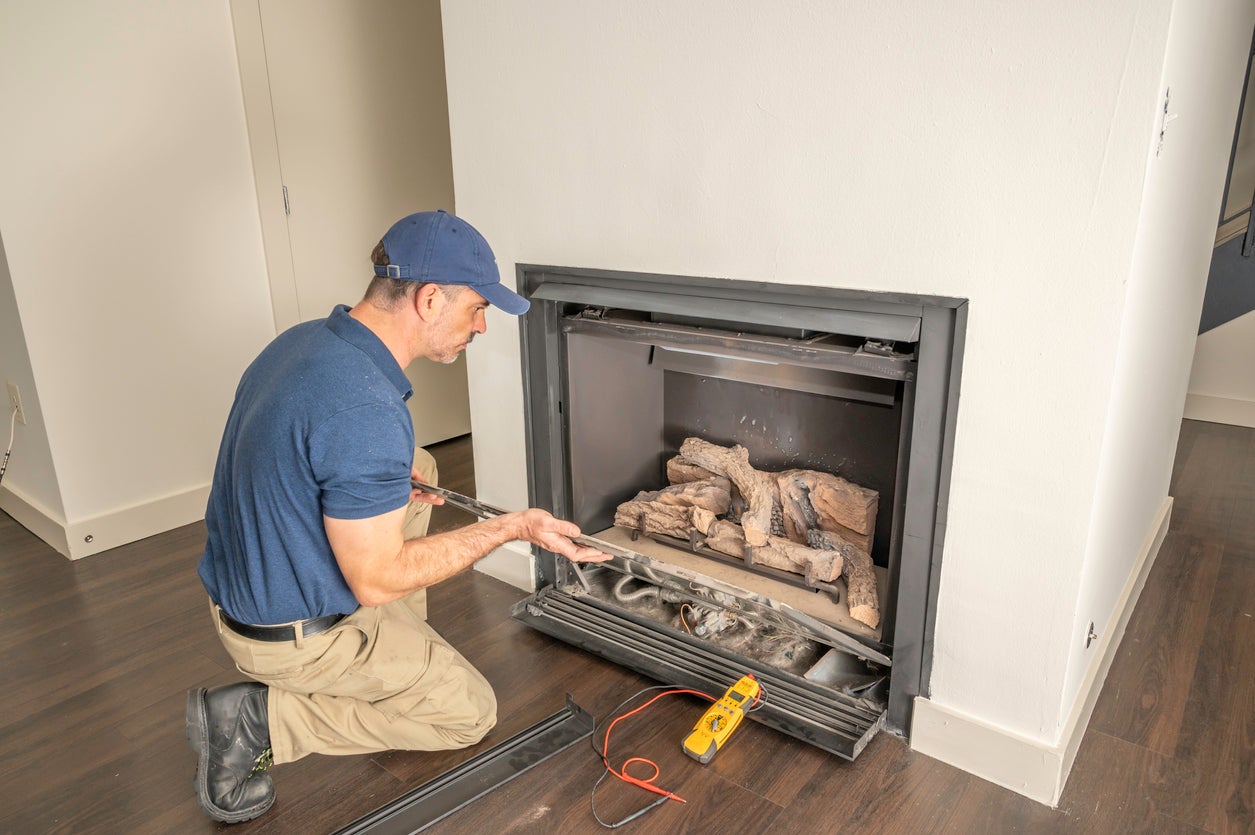
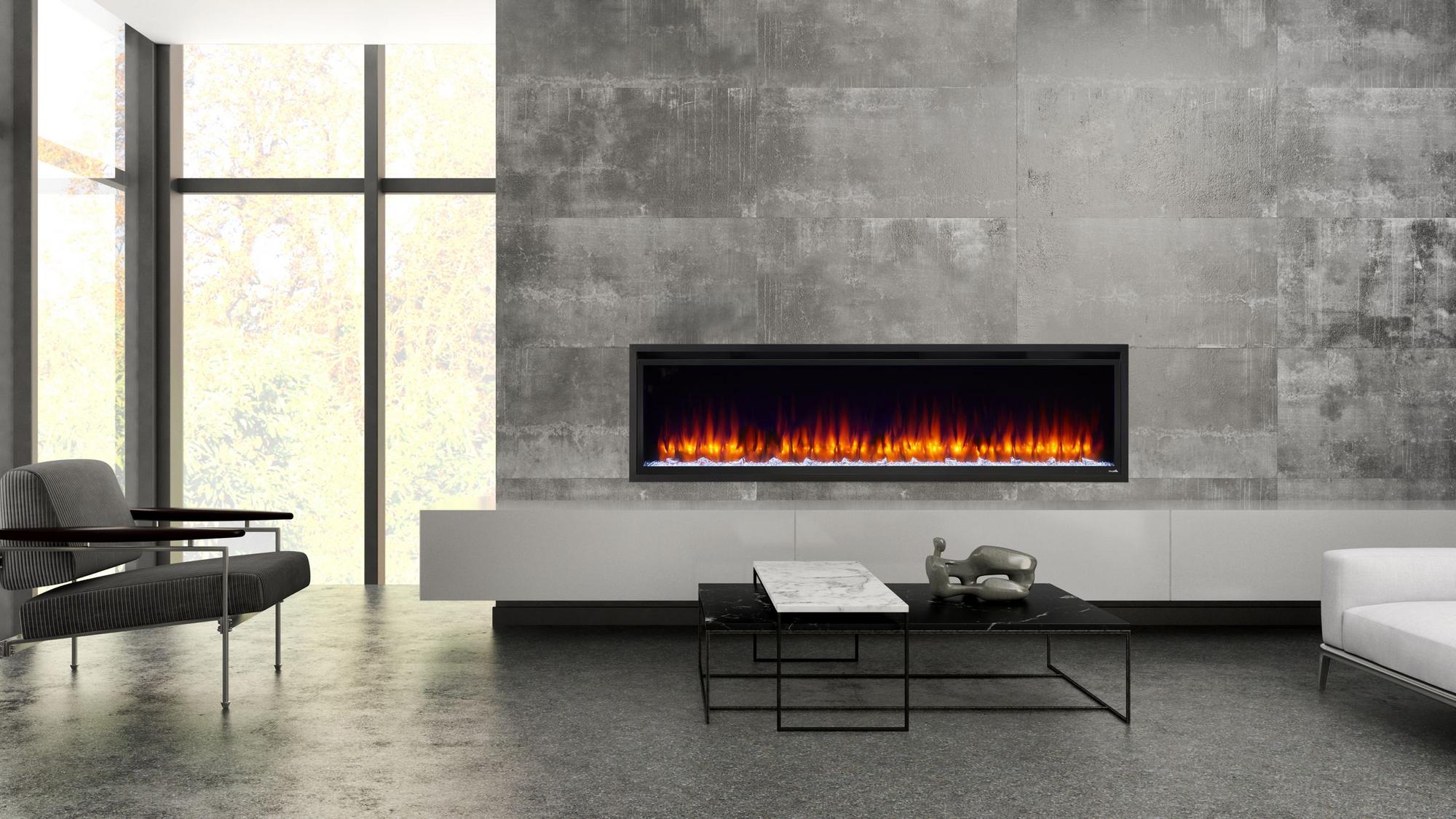


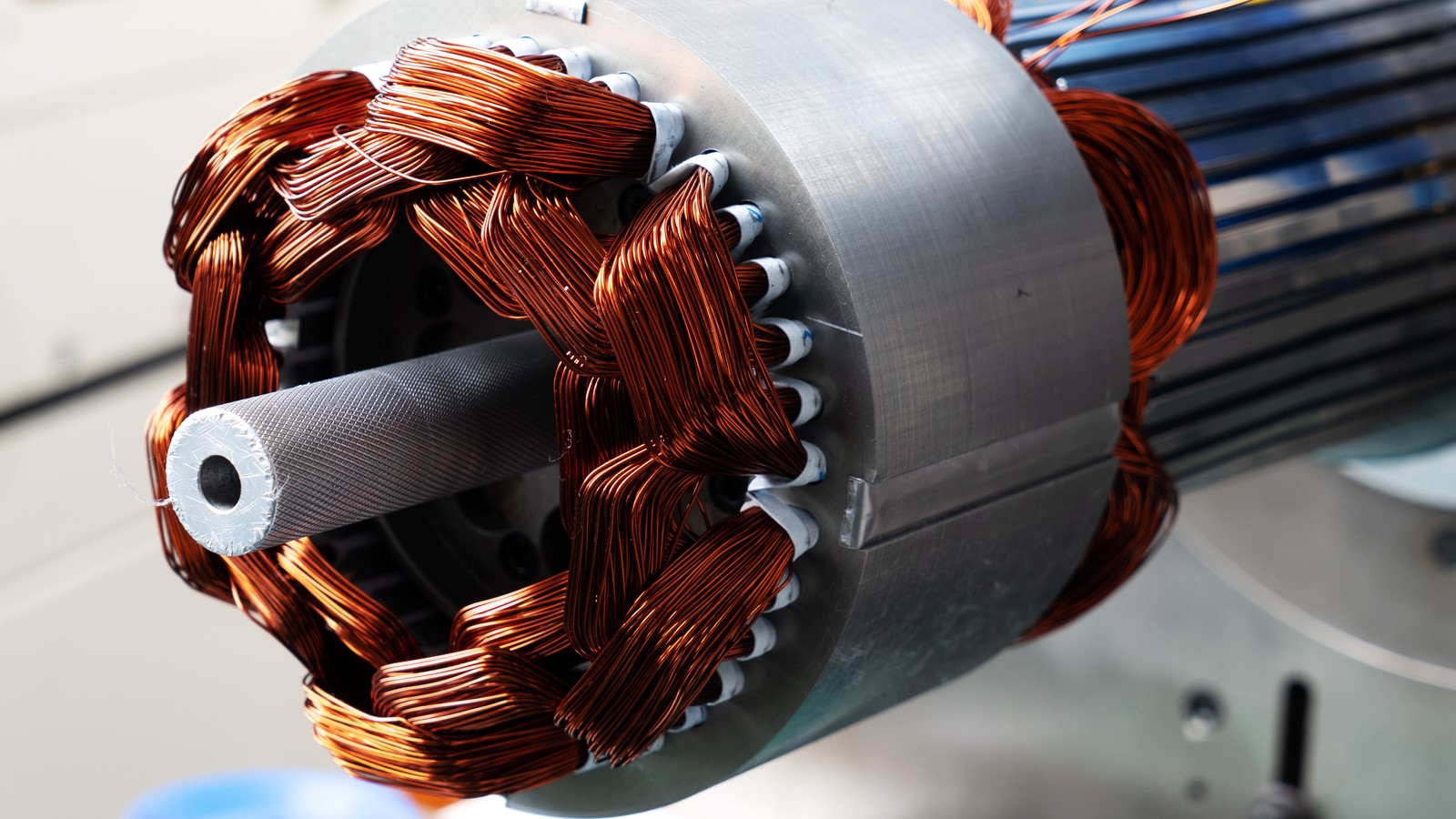
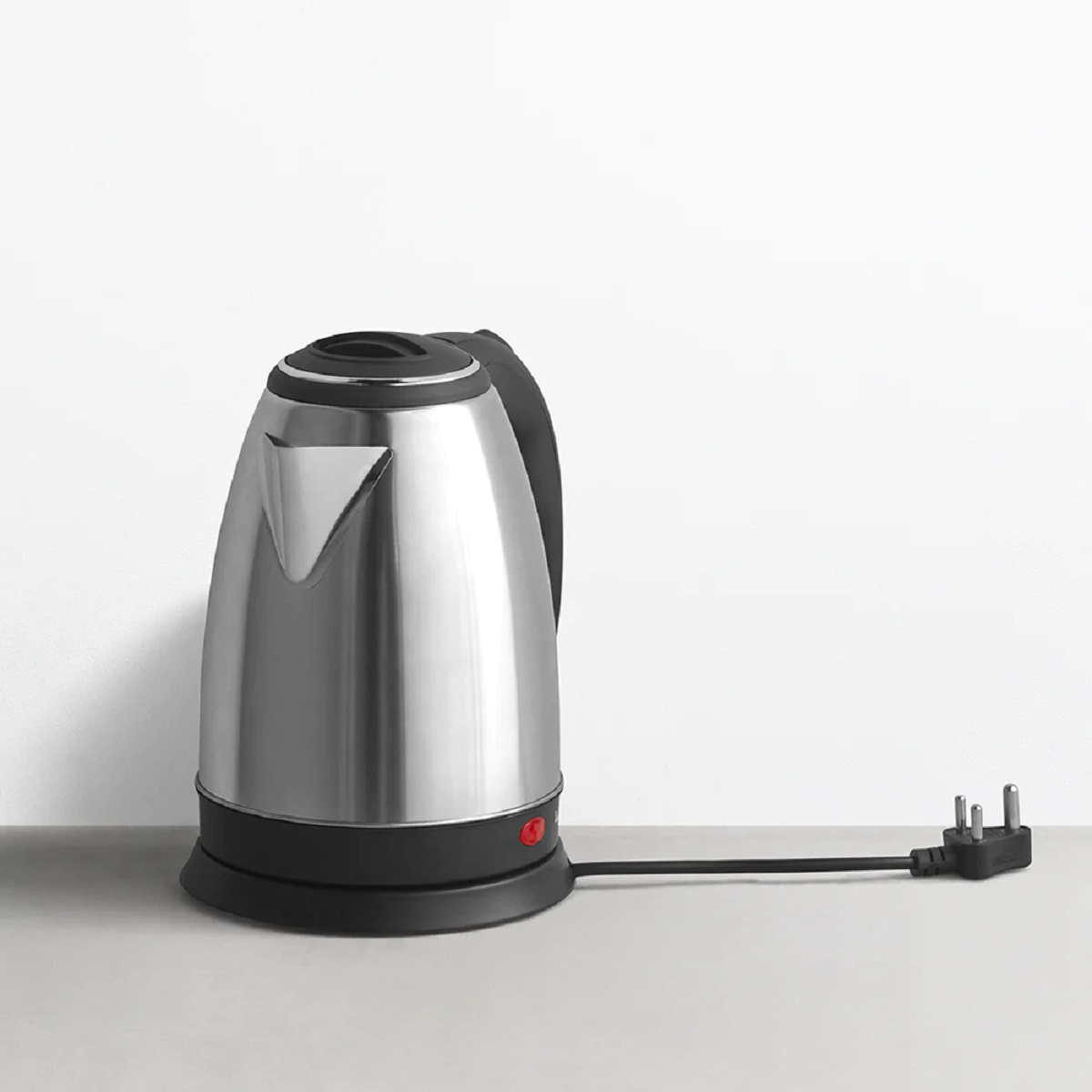
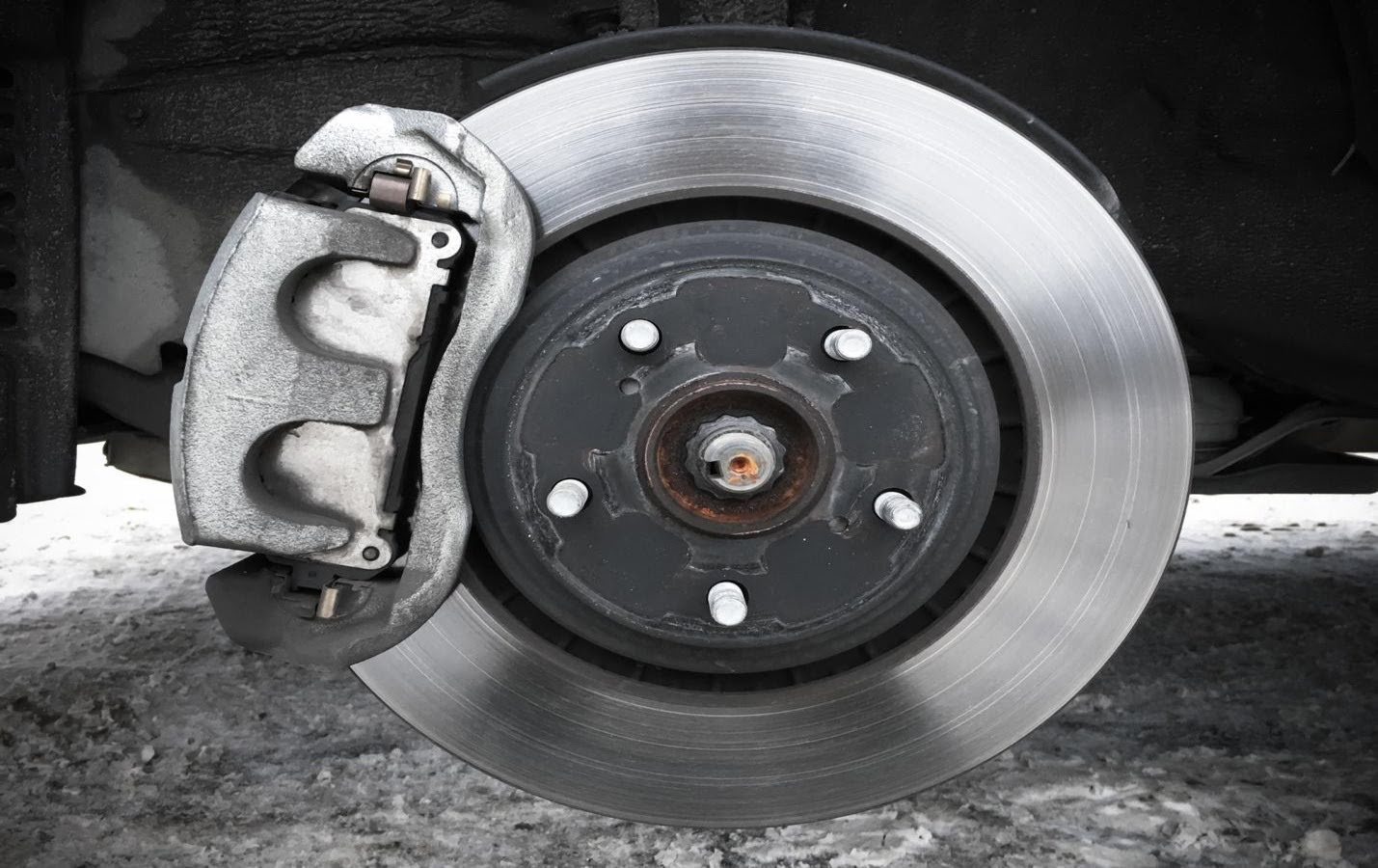
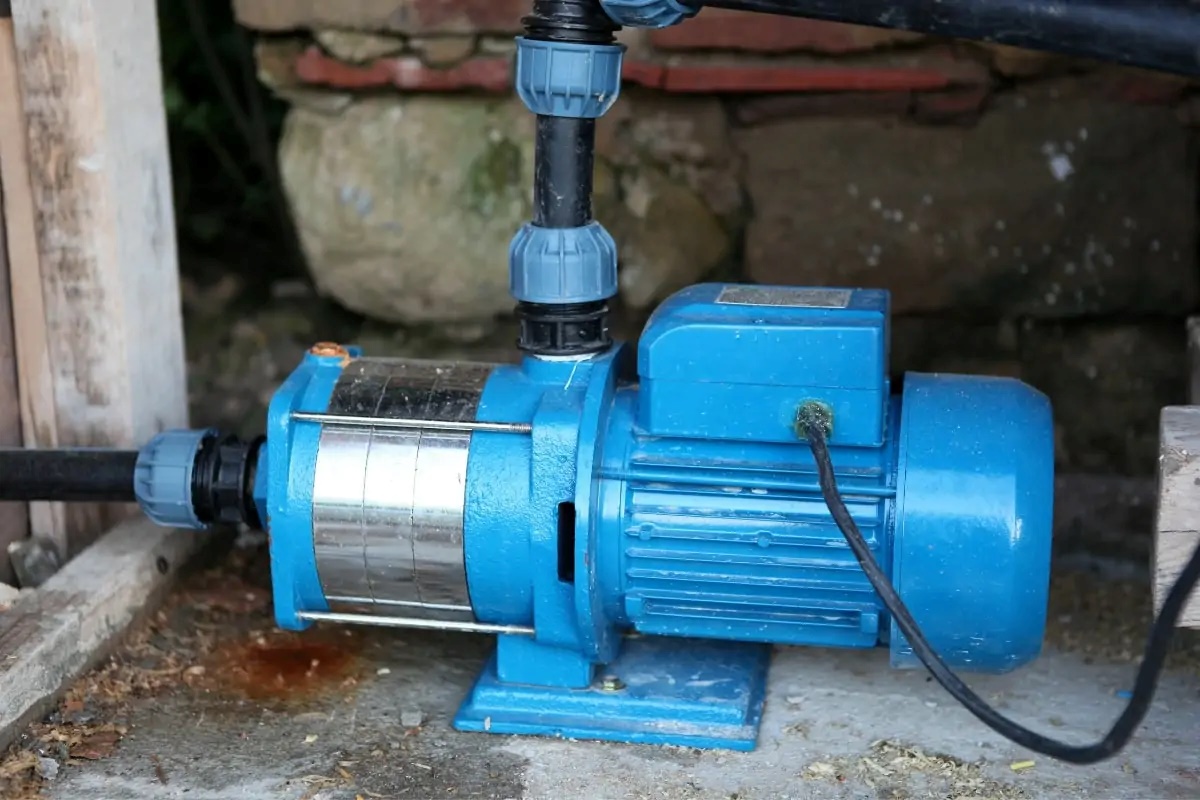


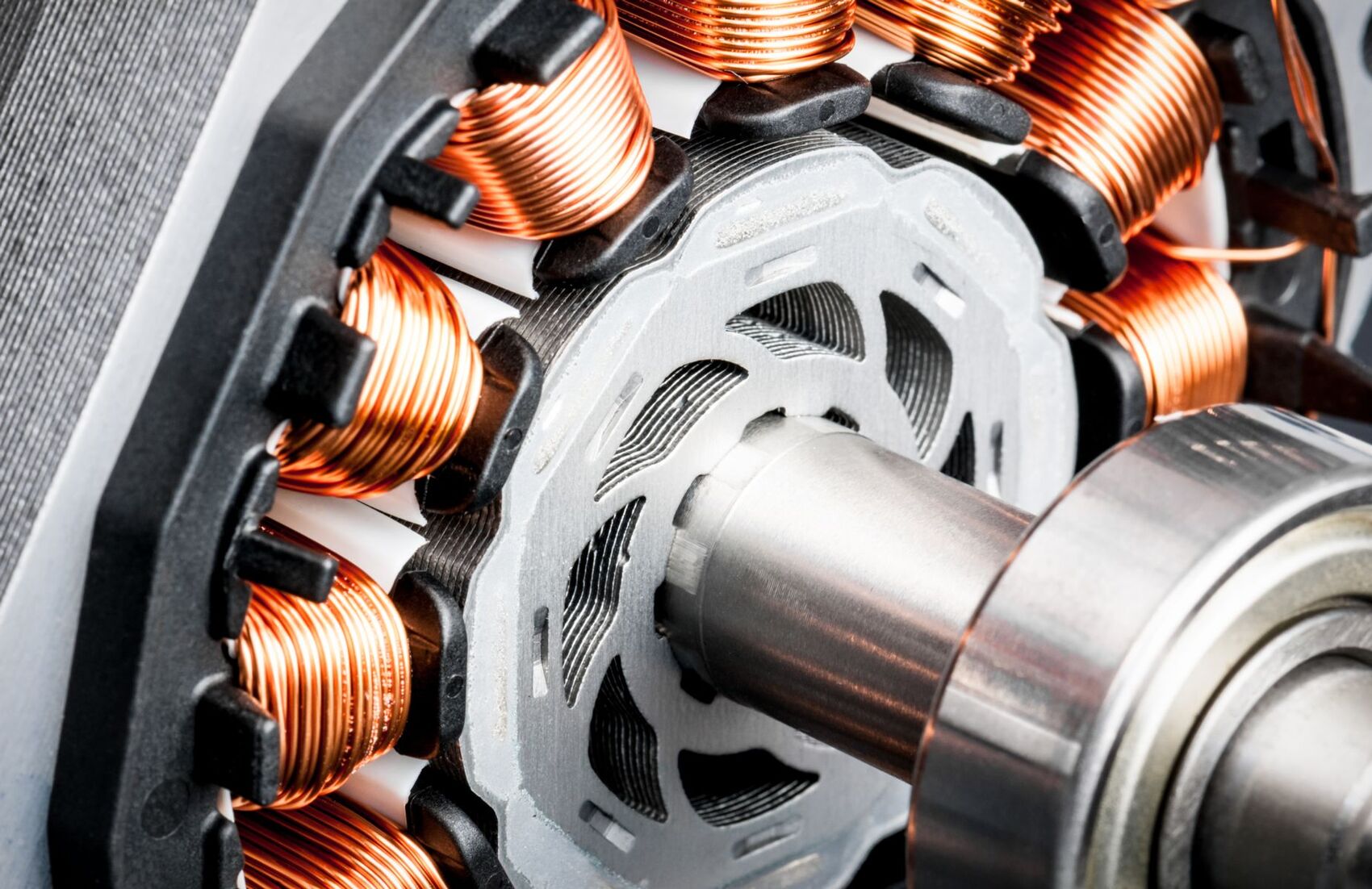
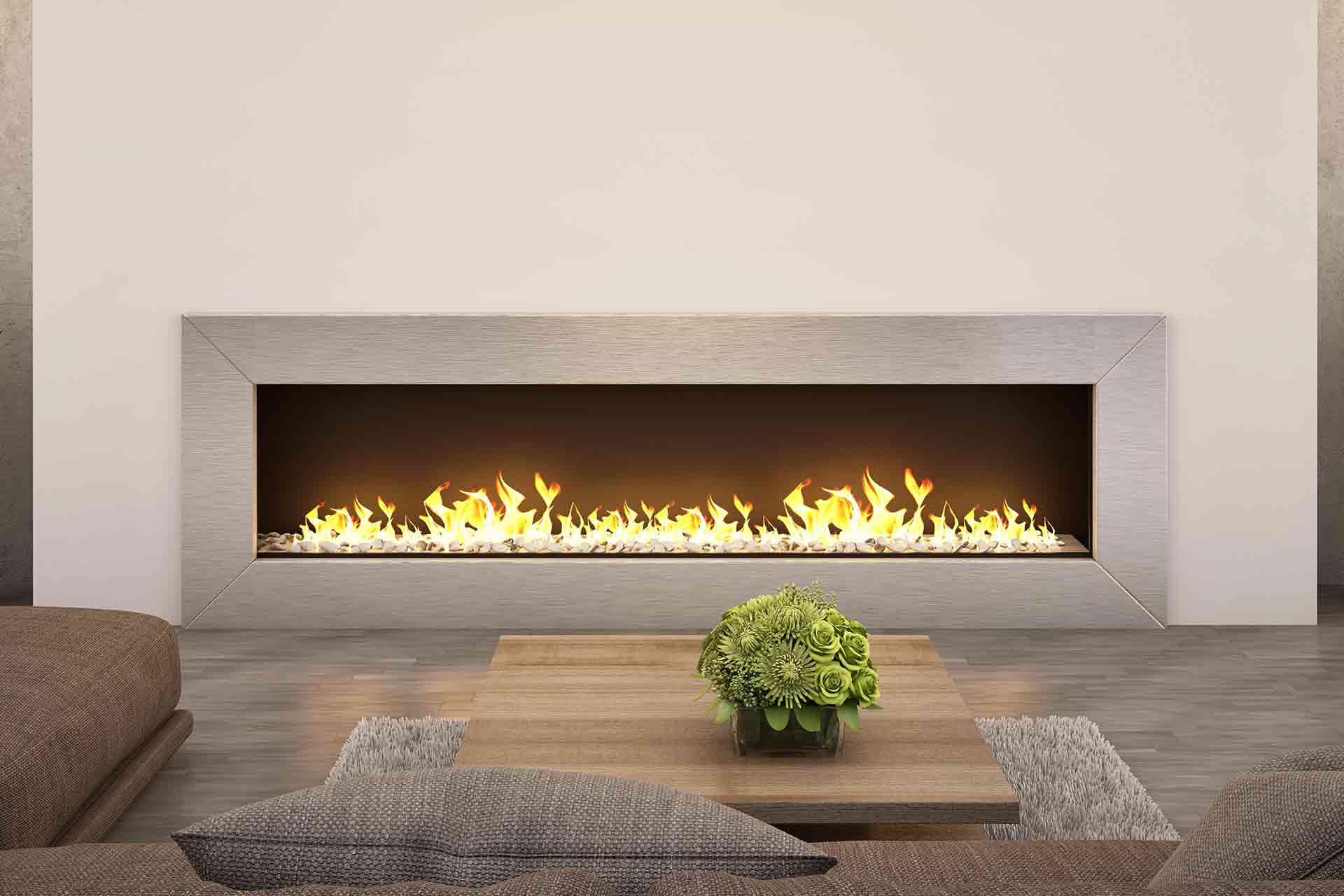
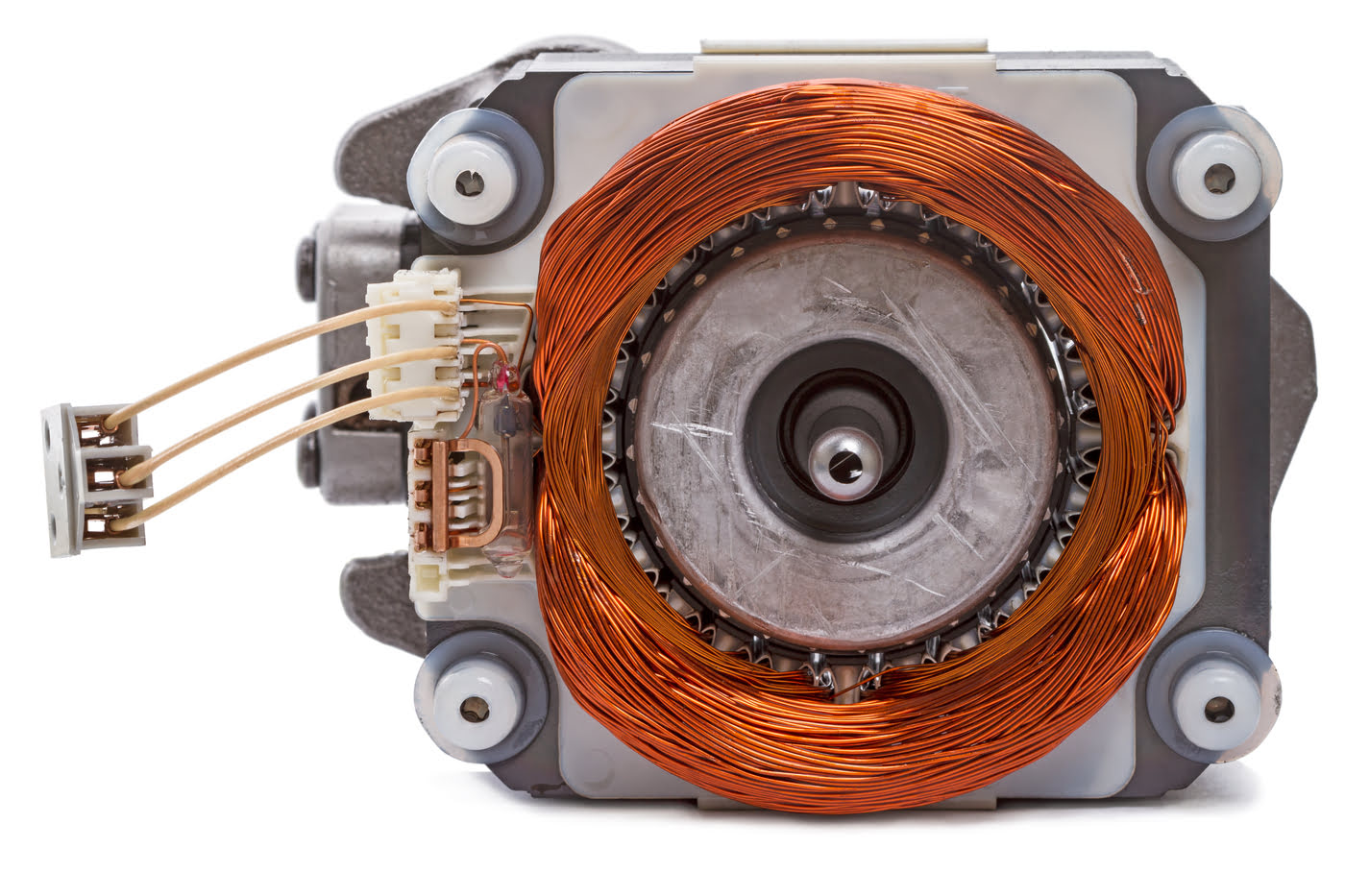

0 thoughts on “How Does Electric Fireplace Work”